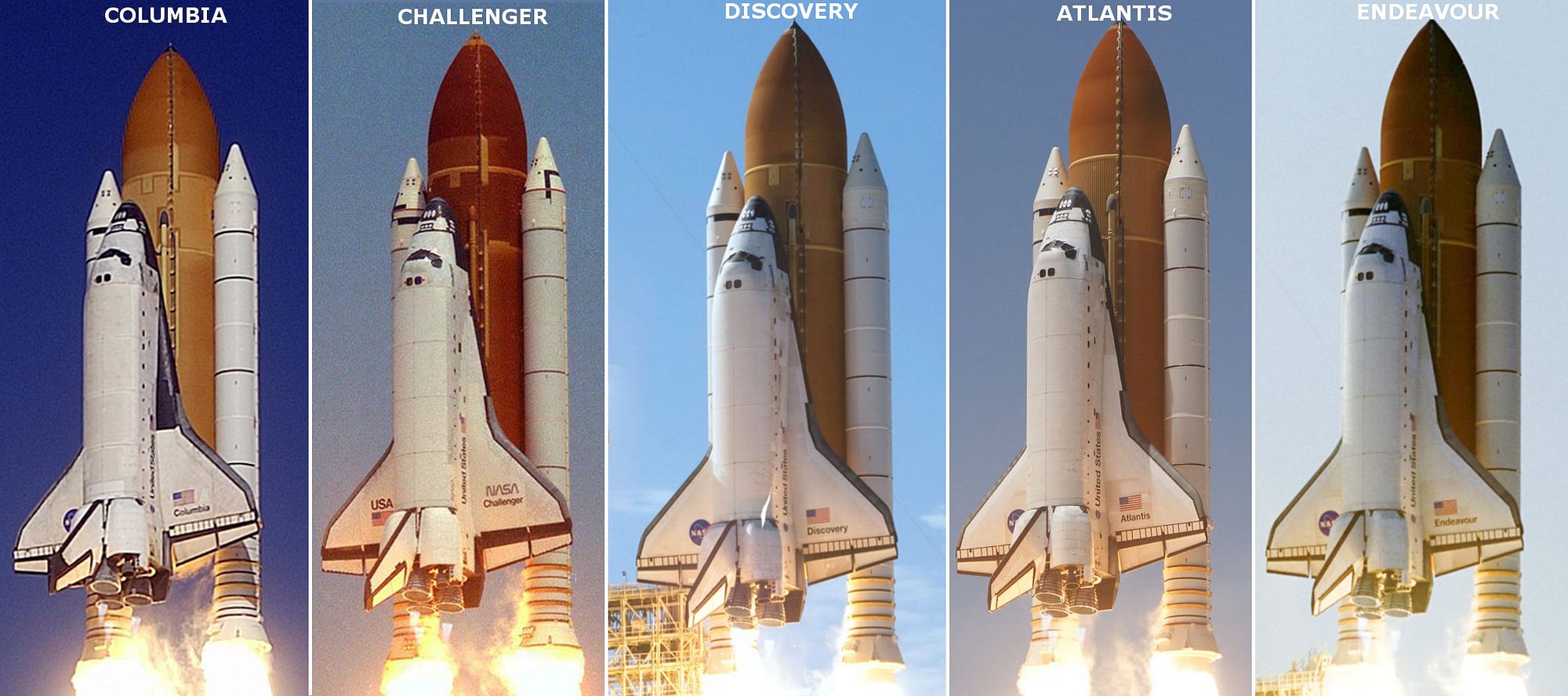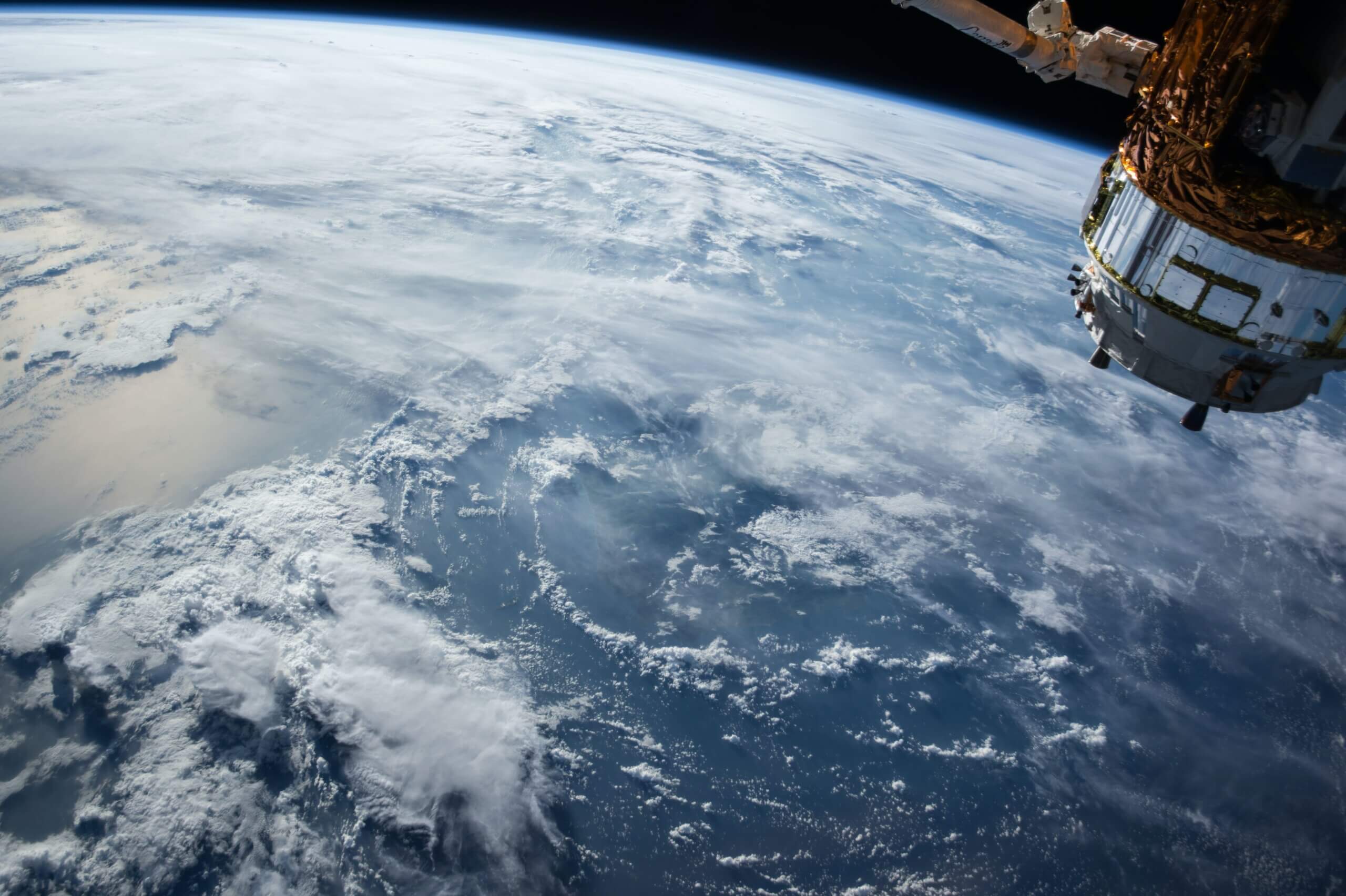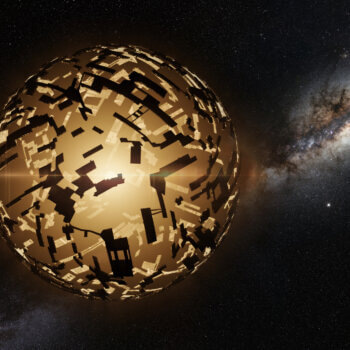What is the single biggest obstacle facing space exploration today? What is the one thing preventing us from setting up sprawling settlements, venturing farther into the Solar System, and opening up the universe not only to the ultra-rich, but to all of us with a desire to journey deep into the cosmos? It’s not a matter of understanding physics, nor is it a matter of engineering. We already know exactly what we need to do. The biggest problem preventing us from colonizing our star system is cost.
Depending on which estimates you use, it runs about $10,000 per pound to send something into space. This amounts to over $1 million per person. Part of the reason this number is so high is because of the inefficiency of rocket ships.
Think of it this way: is it more efficient for you to carry little fuel with you on a long road trip and refuel at gas stations along the way, or is it more efficient to carry tons of fuel with you from the beginning so that there is no need to stop and refuel? It is, of course, much more efficient to carry little fuel and stop at gas stations along the way. Starting with little fuel means that the majority of the weight can be the car and its passengers, and the energy from the fuel will go towards setting them in motion. However, if you’re carrying a hefty load of fuel from the start, not only does this make the vehicle far heavier but the majority of energy from the fuel will simply go towards moving more fuel, greatly reducing the efficiency of the system.
Unfortunately there aren’t yet any fuel stations for rockets in space. This means that propellant — a mixture of fuel and oxidizer — takes up 80% of a rocket’s starting mass. Only 16% of the mass is the rocket itself and a paltry 4% is the cargo. But it’s not the propellant that costs a lot of money. It only takes a few hundred thousand dollars out of the average $150 million cost per rocket launch. The majority of the cost is used up by the rocket itself. This rocket is discarded after only a single use.
Proposals on how to lower the cost of space exploration include recovering and refurbishing rockets, developing space planes that can use multiple kinds of engines to reach Mach 25 (orbital speed), and using a series of controlled explosions to reduce the need for onboard fuel.
But one technology in particular shows the most promise of all, having the ability to open up the universe and reduce the cost of exploration by 100 fold. It is a technology imagined for centuries, though only just now are we developing the materials needed to make it a reality.

The technology in question is a space elevator. Strong yet lightweight cables would stretch 62,000 miles (100,000 km) into the upper atmosphere until they reached a quarter of the distance between the Earth and the moon. A climber would ferry people from the planet’s surface into the interstellar vistas above, capable of carrying up to 40,000 pounds of cargo at a time. If the ISS weighs about 900,000 pounds, this means the space elevator could ferry up enough material to make a new space station every month.
The idea itself seems to border on the fantastical but there is nothing overly complex about the space elevator system. It consists of just 4 basic parts: a base station on Earth, cables, a climber to take up cargo, and a counterweight in space that will pull the cable taut. Several objects can serve as a counterweight. A collection of space junk, a space station, or even an asteroid near enough for us to capture would all suffice. This counterweight must be at least 22,000 miles (36,000 km) from the Earth’s surface but will ideally be 62,000 miles away. At this distance the counterweight can ensure the center of mass for the whole system remains around geostationary orbit, a position in which objects remain stationary relative to the Earth’s surface.

The biggest challenge of the elevator isn’t the counterweight — it’s the cable itself. Never in the history of the world has there been a material strong, lightweight, and flexible enough to fill the role. It wasn’t until we began using carbon nanotubes in the 90’s that we found a true candidate for our cable.
Pure, perfect carbon nanotubes are over 100 times stronger than steel and yet remain thin, flexible, and chemically stable. They are also great electrical and thermal conductors. Unfortunately, we don’t yet know how to manufacture carbon nanotubes to the thousands of miles that we need. The longest nanotube built so far is only a foot and half long, though Japanese researchers did make big strides by developing a nanotube forest just last year. The forest — which is an enchanting collection of carbon nanotube growths — reached 14 cm long, far surpassing the previous record of just 2 cm.

This is nowhere near the lengths we’ll need to construct an elevator. However, much of the slow advancements in carbon nanotubes comes down to money. The nanotubes will find their place in the market as they’re integrated into consumer electronics, but there is no terrestrial market for nanotubes capable of stretching 62,000 miles. Because of funding for research, the total cost of a space elevator ranges widely from $10 billion to $90 billion. Yet it could reduce the cost of building a new space station from $100 billion to just $5 billion, paying for itself in a short amount of time. Ambitious estimates for Earth’s first space elevator range from 2035 to 2050, with various Chinese and Japanese companies investing money in materials research.
Other technical difficulties include building a movable sea base for the elevator, figuring out how to refurbish it after wear and tear, and understanding how to power the climber as well as protecting the whole system from lightening and acts of terrorism. But for every challenge the elevator presents, it also comes with new advantages. By reducing the cost from $10,000 per pound to just $250 per pound, this new technology would allow for better astronomy, more capable communications and GPS systems, access to the abundant resources of space, and the ability to offset a century of global warming by launching a cover to block some of the light streaming in from the sun.
By far the greatest gift a space elevator has to offer is making our Space Age visions a reality. Our progress in space exploration has stalled over the matter of money, and one of the greatest contributions our generation can make is reducing the cost. In doing so we allow the universe to be inherited not only by those with substantial financial means, but by the average person — the everyday admirers of the stars with not so average dreams.





























